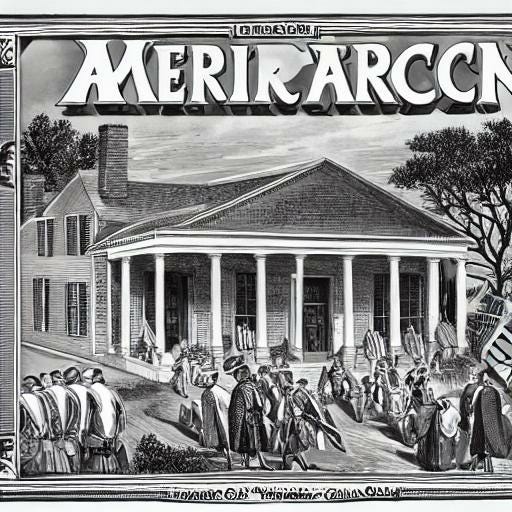The Lenape, also known as the Delaware Indians, are a Native American tribe that historically inhabited the Mid-Atlantic region of what is now the United States. Here is an overview of the history of the Lenape people:
1. Early History: The Lenape are believed to have lived in the region of present-day New Jersey, eastern Pennsylvania, and Delaware for thousands of years. They were part of the larger Algonquian-speaking group of Native American tribes and were known for their agricultural practices, hunting, and fishing.
2. Contact with Europeans: The Lenape first encountered European explorers and settlers in the early 17th century when Dutch and Swedish colonists established trading posts in their territory. The Lenape initially maintained friendly relations with the Europeans, trading furs and other goods with them.
3. Displacement and Dispossession: As European settlement expanded in the region, the Lenape were gradually pushed off their traditional lands. The signing of various treaties and agreements with the colonists often resulted in the loss of Lenape territory and resources. The Walking Purchase of 1737, in which the Lenape were deceived into ceding a large tract of land, is a notable example of the injustices faced by the tribe.
4. Removal and Reservations: In the 18th and 19th centuries, many Lenape were forcibly removed from their homelands and relocated to reservations in the Midwest, particularly in present-day Oklahoma and Kansas. These forced relocations disrupted traditional Lenape ways of life and caused the tribe to be scattered across different regions.
5. Contemporary Lenape Communities: Today, the Lenape people are organized into several federally recognized tribes, including the Delaware Tribe of Indians, the Delaware Nation, and the Stockbridge-Munsee Community. Many Lenape individuals and communities continue to preserve and celebrate their cultural traditions, languages, and heritage.
6. Cultural Revitalization: In recent years, there has been a revitalization of Lenape culture and…



 Seen Here captures the featured pace on the last day of the 2024 season at Pocono. Curtis Salonick Photo.
Seen Here captures the featured pace on the last day of the 2024 season at Pocono. Curtis Salonick Photo. 

 Melvin G coasted to his sixth consecutive win in Tuesday’s second-round DSBF action at Bally’s Dover. Fotowon photo.
Melvin G coasted to his sixth consecutive win in Tuesday’s second-round DSBF action at Bally’s Dover. Fotowon photo. 
